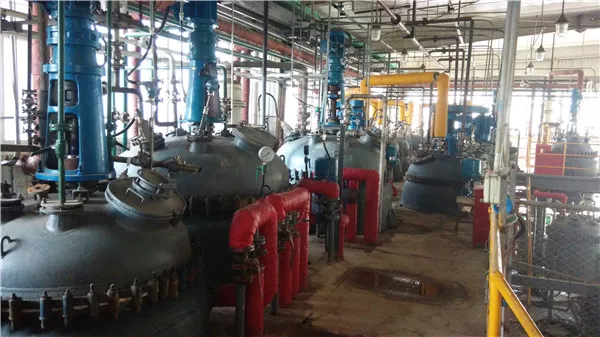Chemicals Used to Treat Drinking Water
Drinking water treatment is a crucial process that ensures the safety and quality of water we consume. Various chemicals play a significant role in the treatment of drinking water, each serving specific purposes to eliminate contaminants, improve taste, and safeguard public health. This article explores some of the key chemicals used in the treatment of drinking water.
1. Chlorine
Chlorine is one of the most widely used chemicals in water treatment. It is primarily employed as a disinfectant to eliminate harmful bacteria, viruses, and other pathogens present in the water supply. By adding chlorine to the water, it kills pathogens effectively, ensuring that the water is safe for consumption. The addition of chlorine also produces chloramines, which can offer prolonged disinfection in the distribution system. However, it's essential to monitor chlorine levels, as excessive amounts can result in unpleasant taste and odor.
2. Ozone
Ozone is another powerful disinfectant used in water treatment. It is generated on-site from oxygen using high-voltage electricity. Ozone has strong oxidizing properties, allowing it to destroy bacteria, viruses, and even some protozoa that chlorine may not effectively eliminate. Besides its disinfecting capabilities, ozone can also help in the removal of organic contaminants and improving water clarity. However, because ozone decomposes quickly, its application usually occurs just before the water is delivered to consumers.
3. Activated Carbon
Activated carbon is used primarily for its adsorption properties. It effectively removes organic compounds, chlorine byproducts, and various contaminants that can impart undesirable tastes and odors to drinking water. Activated carbon filters are common in both municipal water treatment facilities and home water purification systems. The material works by trapping impurities in its porous structure, making it an essential component for enhancing water quality.
what chemicals are used to treat drinking water

4. Aluminum Sulfate (Alum)
Aluminum sulfate, commonly known as alum, is widely used as a coagulant in water treatment. When added to water, alum forms flocs, or clusters of particles, which trap impurities and cause them to settle at the bottom of tanks during sedimentation. This process helps in removing sediments, turbidity, and other particulates from the water, paving the way for clearer and cleaner drinking water.
5. Lime
Lime (calcium hydroxide) is typically used to adjust the pH of drinking water, making it less acidic. Maintaining an appropriate pH is crucial as it influences the solubility of metals in the water and the effectiveness of disinfectants. It also helps in reducing the corrosiveness of the water, which can protect the integrity of pipes and plumbing infrastructure. By treating water with lime, municipalities can ensure a balanced and stable water supply.
6. Sodium Hypochlorite
Sodium hypochlorite is a liquid chlorine compound widely used for disinfection purposes in water treatment plants. Similar to gaseous chlorine, it helps eliminate a wide range of pathogens from drinking water. One of the advantages of sodium hypochlorite is that it is easier and safer to handle than gaseous chlorine, which requires specialized equipment. Moreover, it can also help in the removal of color and odor from water.
Conclusion
The treatment of drinking water involves a careful balance of various chemicals, each serving a distinct role in ensuring water safety and quality. From disinfectants like chlorine and ozone to coagulants like aluminum sulfate, these chemicals work collectively to remove pathogens, sediments, and undesirable odors from drinking water. As water quality regulations continue to evolve, the careful selection and management of these chemicals will remain a vital practice in protecting public health and ensuring access to safe drinking water. By understanding the role of these chemicals, consumers can appreciate the complexity and importance of the processes that provide them with clean, safe drinking water.

